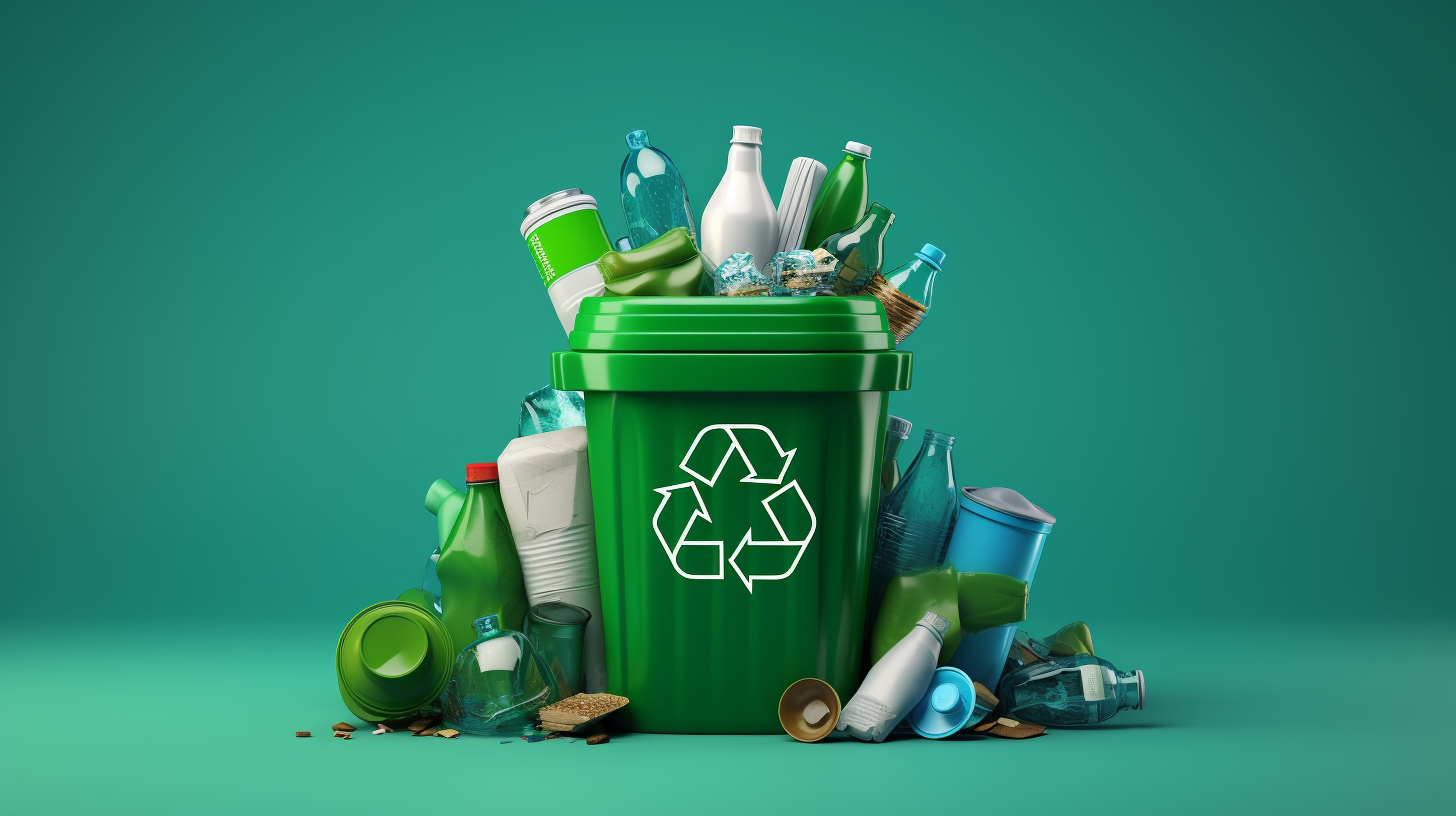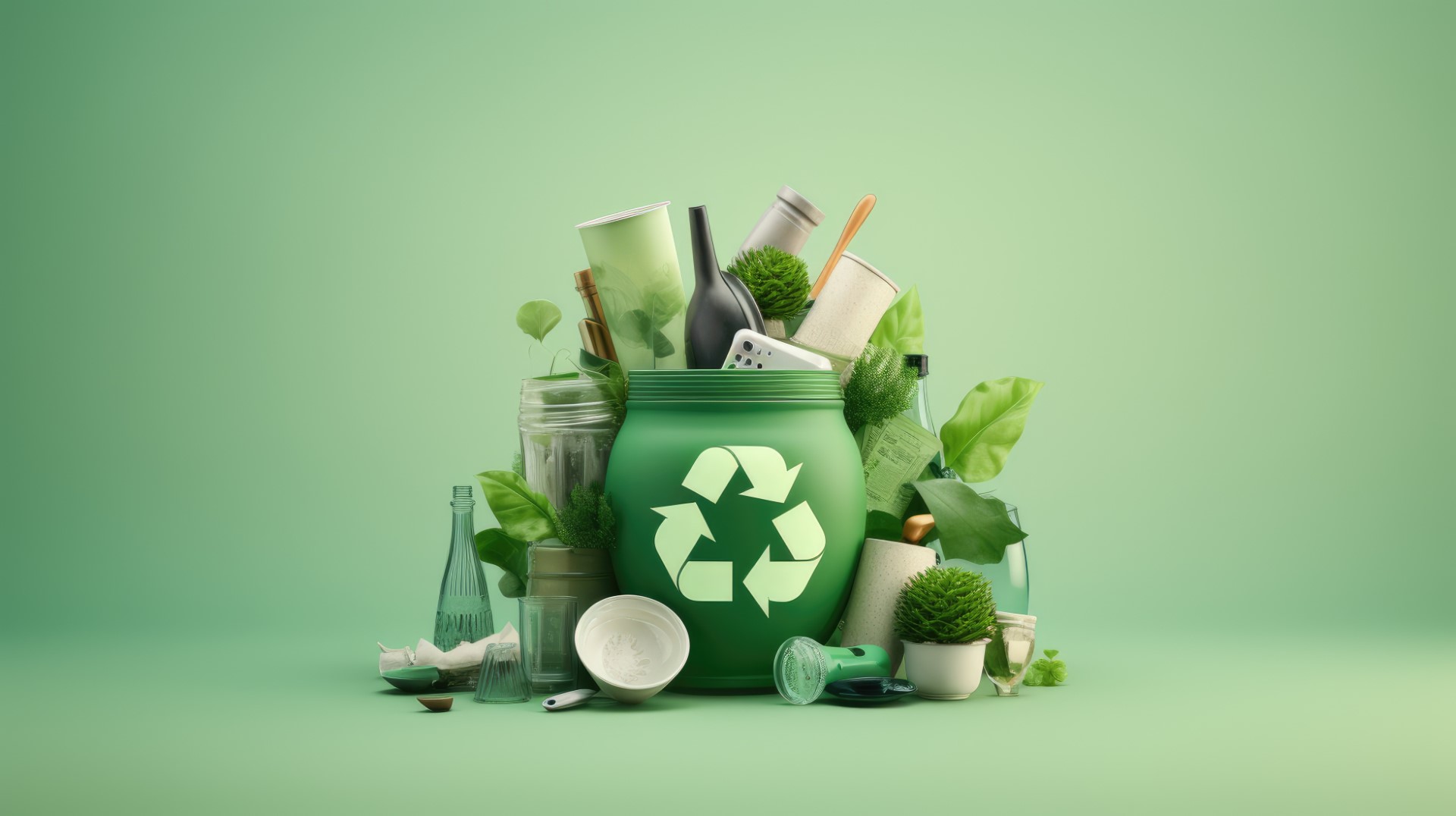Checking Out Different Sorts Of Waste in Modern Waste Management Solution
The modern landscape of waste monitoring involves navigating a complex selection of waste kinds, each requiring specialized handling and disposal approaches to mitigate environmental effects. Local solid waste, contaminated materials, electronic waste, and natural waste each present distinctive obstacles and possibilities for source recuperation. Cutting-edge solutions such as smart waste bins and waste-to-energy innovations are becoming essential devices in improving efficiency and sustainability. Understanding these waste kinds is necessary for promoting public recognition and motivating energetic engagement in sustainable practices. What methods can properly address these different kinds of waste while advertising a round economy?
Community Strong Waste
Local solid waste, commonly referred to as home garbage or waste, encompasses a variety of discarded materials generated by residential, business, and institutional resources within a municipality. This waste stream usually includes items such as product packaging, food scraps, yard trimmings, paper, plastics, textiles, and thrown out family products. The administration of local solid waste is a critical part of urban planning and public wellness, necessitating efficient collection, transport, and disposal systems.
Reliable waste management systems are created to decrease ecological effect while making the most of resource recuperation. Composting organic waste, such as food scraps and lawn trimmings, not just lowers land fill use but also creates valuable soil amendments.
Districts must also attend to the logistical and economic obstacles connected with waste administration. Implementing pay-as-you-throw systems, boosting public recognition, and investing in innovation can considerably boost waste diversion rates. By integrating these practices, districts can promote sustainable communities, lower greenhouse gas discharges, and conserve natural sources.
Contaminated Materials

Effective dangerous waste monitoring entails several essential steps: recognition, segregation, therapy, and disposal. Partition ensures that dangerous products are stored independently from non-hazardous waste to protect against cross-contamination.
Regulatory structures, such as the Resource Conservation and Healing Act (RCRA) in the United States, supply guidelines and requirements for contaminated materials administration. Adherence to these guidelines, paired with improvements in waste therapy technologies, is important in mitigating the threats connected with dangerous waste.
Digital Waste
Digital waste, frequently referred to as e-waste, represents a swiftly expanding challenge in waste management systems internationally. This type of waste includes disposed of electronic gadgets and devices such as mobile phones, computer systems, televisions, and other electronic home appliances. The quick pace of technical development, paired with lowering product life-spans and consumer need for the newest tools, has actually significantly enhanced the volume of e-waste created yearly.
E-waste is particularly bothersome because of its complex structure, typically containing unsafe compounds like mercury, lead, and cadmium, which pose significant ecological and health and wellness dangers if not correctly taken care of. Conversely, e-waste likewise has valuable materials such as silver, copper, and gold, which can be recouped and reused. The double nature of e-waste-- both useful and dangerous-- requires specific handling, reusing, and disposal processes.
Effective e-waste management involves rigid regulatory structures, robust collection systems, and progressed recycling technologies. Public recognition and engagement are essential, as inappropriate disposal practices, such as prohibited dumping and casual recycling, aggravate ecological contamination and carcinogen. Boosting e-waste administration methods is essential for reducing ecological influence and recuperating useful resources in an increasingly digital world.

Organic Waste
Organic waste, comprising cooking area scraps, backyard trimmings, and agricultural residues, represents a significant part of the worldwide waste stream. This type of waste is eco-friendly, indicating it can be broken down by bacteria right into simpler natural substances. In spite of its possibility for natural disintegration, incorrect monitoring of organic waste can result in adverse ecological influences, consisting of the discharge of greenhouse gases such as methane, which add to environment change.
Reliable management of natural waste is critical for lessening these environmental effects (recycling lives services). Composting is a widely taken on method, changing natural waste right into nutrient-rich garden compost that can enhance dirt wellness and farming performance. In addition, anaerobic digestion is an emerging modern technology that transforms organic waste into biogas, a sustainable power resource, and digestate, which can be made use of as fertilizer
Municipalities and waste management entities have to execute durable organic waste collection and treatment programs to make the most of the benefits of these procedures. Public education projects can additionally play an essential duty in motivating households and organizations to separate natural waste from other kinds of waste. By prioritizing the management of organic waste, cultures can decrease garbage dump use, lower greenhouse gas discharges, and produce useful results for farming usage.

Ingenious Waste Administration
In the realm of waste monitoring, ingenious techniques are changing exactly how cultures manage their refuse, going for sustainability and effectiveness. These innovations incorporate a series of innovations and practices that enhance recycling prices, minimize land fill reliance, and reduced environmental impact. One noticeable development is the implementation of clever waste bins furnished with sensing units that keep an eye on fill levels and enhance collection courses. This not just decreases fuel intake however also minimizes greenhouse gas discharges.
An additional significant advancement is the fostering of waste-to-energy (WtE) modern technologies. By converting non-recyclable waste into functional energy through processes such as incineration and anaerobic digestion, the original source WtE lowers land fill problem and visit homepage offers an eco-friendly power source. In addition, improvements in chemical recycling permit the breakdown of complex plastics into their original monomers, allowing the production of new, top quality plastic items.
In addition, the round economic climate model is gaining traction, highlighting the layout of items and systems that prioritize reusability and resource effectiveness. This alternative strategy motivates sectors to reduce waste generation from the start. With these cutting-edge strategies, modern waste monitoring systems are not just dealing with the instant difficulties of garbage disposal yet also paving the method for an extra sustainable future.
Final Thought
A comprehensive understanding of community strong waste, contaminated materials, electronic waste, and natural waste, combined with the implementation of innovative waste administration solutions, is essential for alleviating environmental impacts. Integrating innovations such as clever waste containers and waste-to-energy my latest blog post systems can boost performance and sustainability. Reliable waste administration methods not just foster resource healing yet likewise promote public understanding and participation, inevitably adding to the development of a round economic situation.
The modern landscape of waste management entails browsing a complicated array of waste kinds, each calling for specialized handling and disposal techniques to minimize ecological impacts. Community solid waste, harmful waste, electronic waste, and natural waste each existing unique difficulties and chances for resource recovery.Digital waste, frequently referred to as e-waste, stands for a quickly expanding obstacle in waste monitoring systems globally. Via these innovative methods, modern-day waste monitoring systems are not only resolving the immediate difficulties of waste disposal yet also paving the means for a much more lasting future.
A thorough understanding of community strong waste, harmful waste, electronic waste, and natural waste, combined with the application of cutting-edge waste management solutions, is imperative for alleviating ecological effects. (recycling lives services)